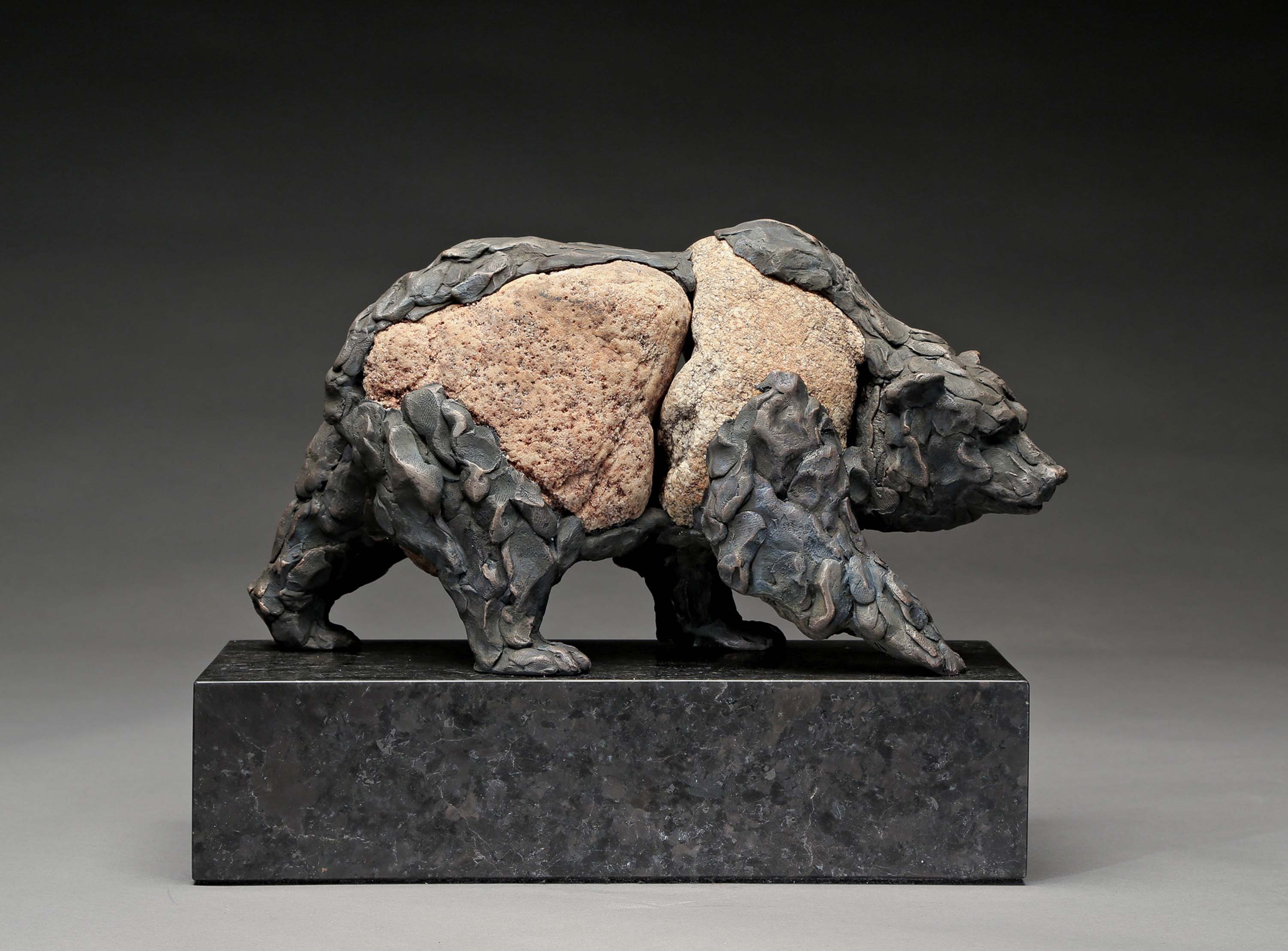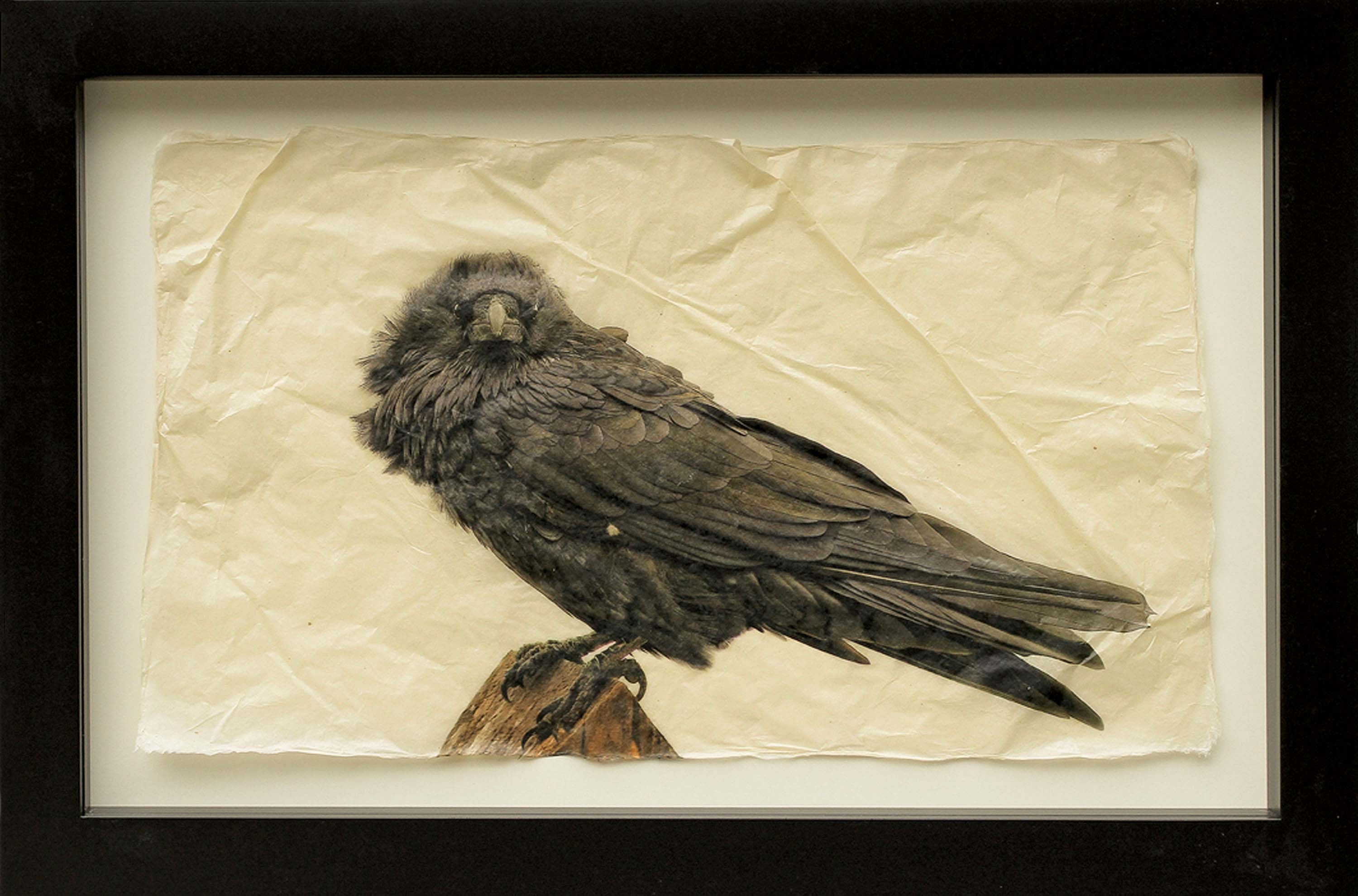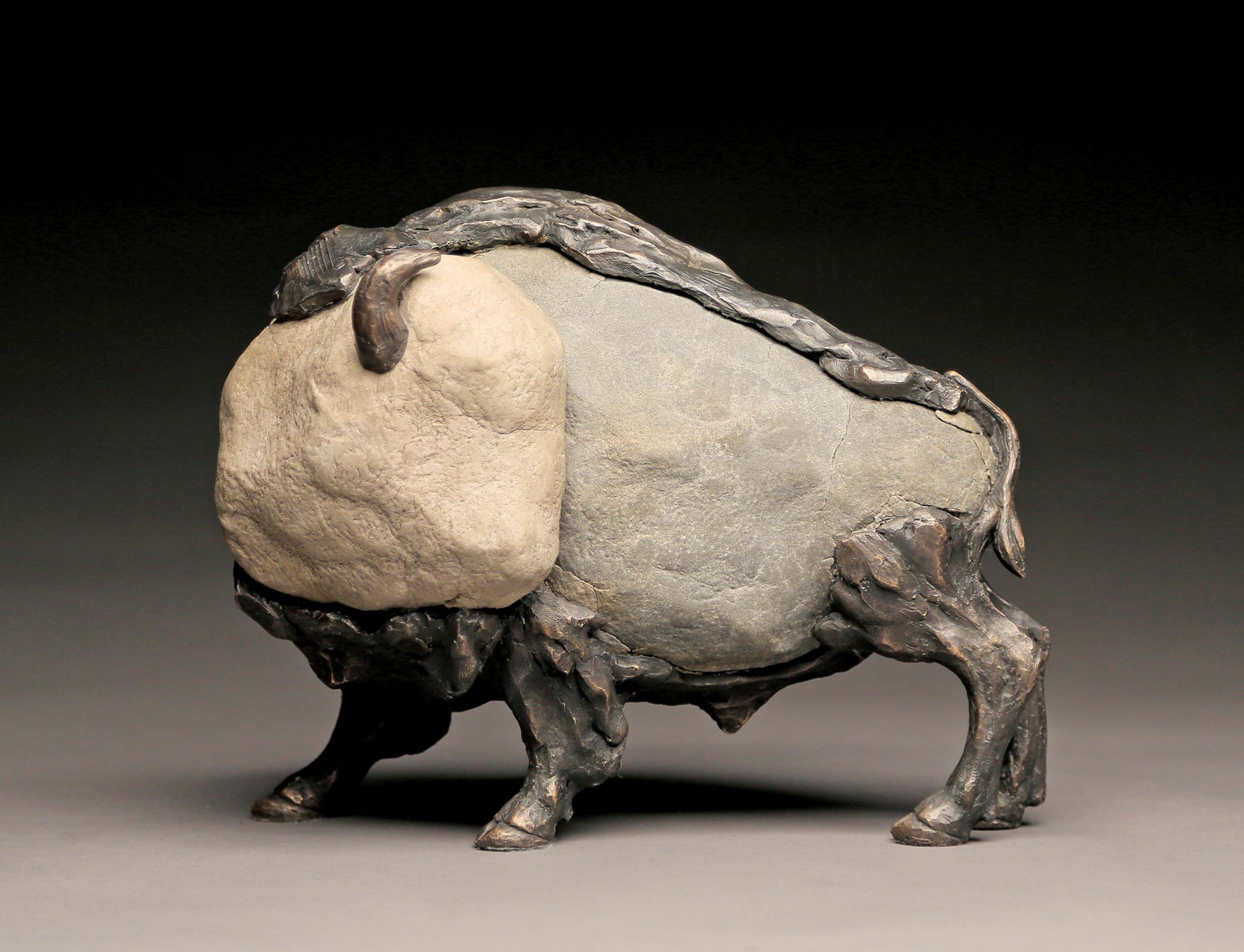
27 May From Field to Fine Art
Getting out in the field is so important to me,” says wildlife sculptor and photographer Pete Zaluzec. His frequent travels to record his subjects in their natural habitat form the inspirational foundation of his artwork. A recent adventure to photograph wild mustangs in a remote area of the Utah desert required setting out before daybreak. As he hammered along bare traces of hardpan roads in his specially outfitted F-150, stirring up fine clouds of red dust, he squinted into the distance for signs of the herd. This was not his first experience with wild horses and, usually, to find a dozen or so made for a satisfying day.
As the sun rose on the stark, spare landscape, he spotted a herd in the distance. At least a hundred horses came into focus. It proved to be one of those remarkable experiences every photographer dreams about. Stepping out of the truck and loading himself up with several lenses, camera bodies and a couple of tripods, he moved gradually closer. What a scene: Young males sparred, colts scampered about and rolled in the chaparral, mares grazed serenely and two dominant stallions trotted the perimeter, keeping the group close. Patience is critical in wildlife photography and Zaluzec was rewarded as they allowed him to edge within 25 feet, to shoot hundreds of images.
Hours flew by; the desert sun pounded him. Coated with dust, thirsty and sweaty, he was completely in his favorite zone — a place of total absorption where everything outside the moment disappears. Zaluzec’s art rises from this place and invites his viewers to share the experience. Growing up in Chicago, Zaluzec and his family often explored the outdoors on camping trips and visited the Field Museum of Natural History — one of the largest in the world — and the zoo. Pete’s father, an entomologist by education who immigrated to the United States from Ukraine after World War II, imbued his son with his own love of nature and with the importance of thorough preparation in every task. His mother enjoyed the arts, including painting and photography and, Pete recalls at a very young age, “helping her develop photographs in a make-shift darkroom in our basement, never realizing how this would influence my career choice.” Looking back, it seems inevitable that Pete would become an artist.
Following his graduation in 1975 with a Bachelor of Fine Arts from the Art Institute of Chicago, Zaluzec spent 10 years working at an array of jobs, including employment as a custom architectural woodworker, a high-school woodshop and art instructor, and as a social worker who ran adolescents through a program modeled after Outward Bound. He constantly sketched wildlife and landscapes, fine tuning his skills. By 1985 he was plowing his energy and drive into two full-time jobs: working in the architectural woodwork industry and putting in similar hours on meticulous, realistic woodcarvings of birds.
Zaluzec’s ability to portray birds in exquisite detail caught the attention of the prestigious Leigh Yawkey Woodson Art Museum and he has been juried into its annual Birds in Art show almost a dozen times. The museum acquired his work for its permanent collection and Jane Weinke, curator of collections, is clear about what his work brings to the museum.
“We love Pete’s work because it is so expressive,” she says. “He brings a great sense of his own enormous energy to each piece and I’ve been impressed with his passion for always trying something new. Two of his birds are in our sculpture garden as part of our Seek and Find experience for families and the children delight in discovering them!”
As Zaluzec’s art continued to garner awards, including an Award of Excellence and a Purchase Award from the Hiram Blauvelt Art Museum, he branched out from woodworking to bronze sculpture, from birds as his primary subject to larger mammals. Soon he was marrying stone and bronze to create a unique, rugged style.
When Pete says, in his understated way, “It seems I am always exploring new directions in my artwork,” he’s not kidding. As with his labor-intensive sculptures, he’s not afraid to spend hundreds of hours developing new ways to present his ideas, to push through traditional artistic boundaries in a variety of mediums. Already using his love of photography to gather extensive reference materials on field trips, the artist began experimenting with other ways to use his best shots. “I wanted to find a contemporary presentation,” he says, “to move beyond simply a photograph to a new, comprehensive process with the image at its heart.”
- “Tiptoe” | Stone and Bronze | 13 x 12 x 6 inches
- “Raven” | Gampi | 17 x 27 inches










No Comments